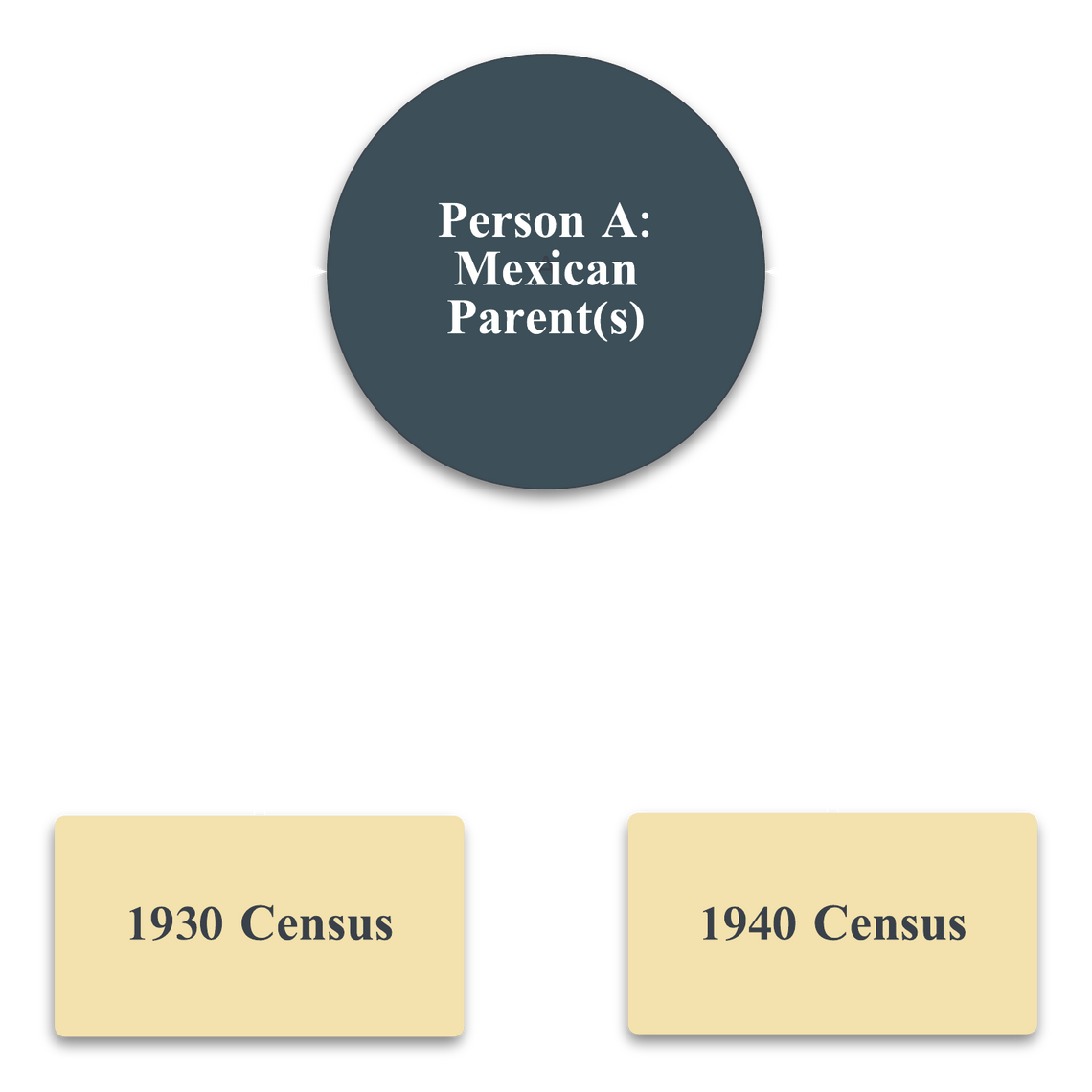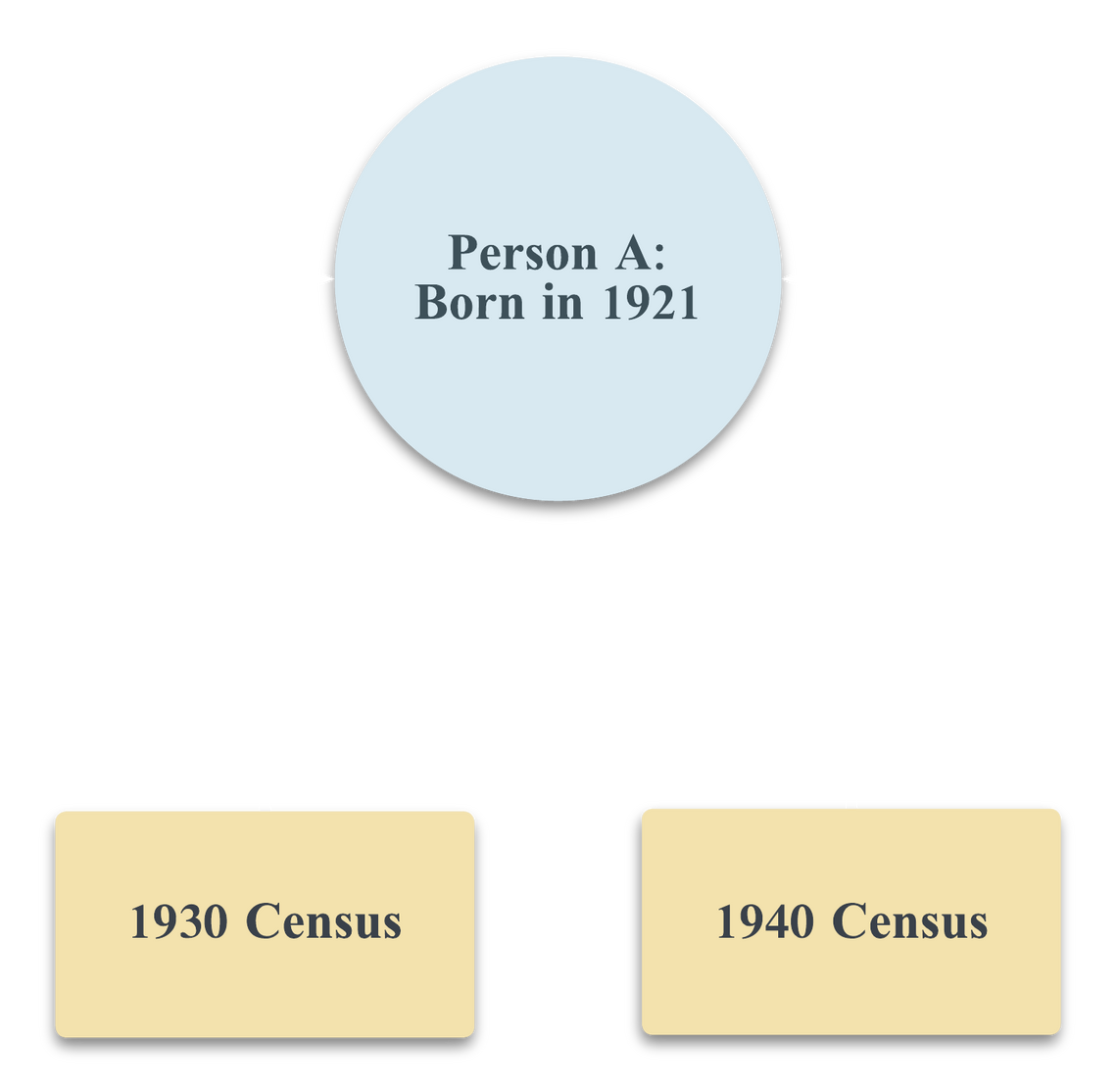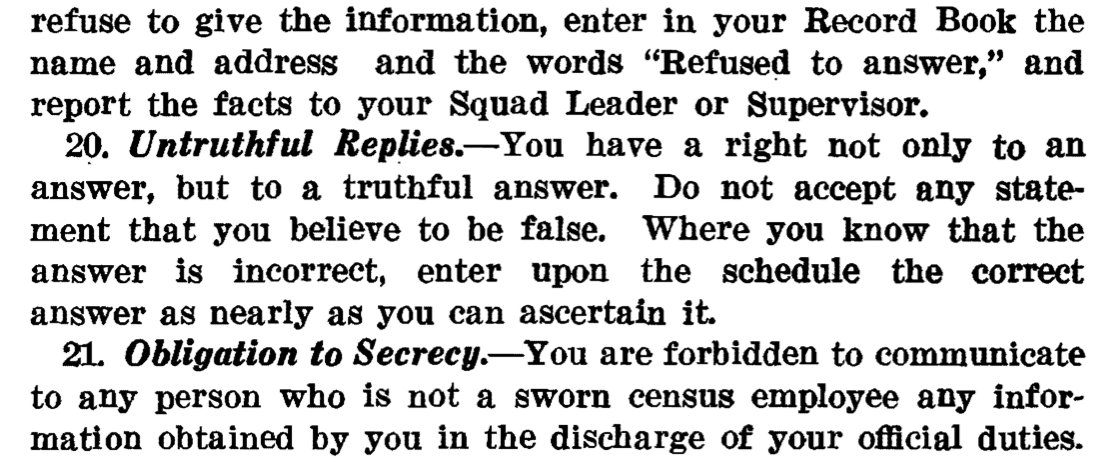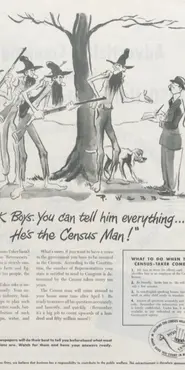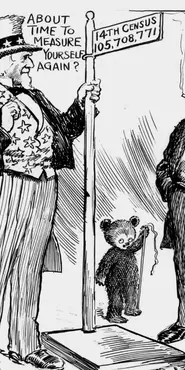Judging Truthfulness
A good approach? The Census Instructions empowered census workers to decide what information was or wasn’t true. However, census workers were human beings. They might not always have been right. And they may have had biases that incorrectly led them to believe certain people were dishonest.
Cartoon by P. Web with the message "It's OK Boys. You can tell him everything...He's the Census Man!" in Benton and Bowles, Inc., Advertising Campaign for the 1950 United States Census. 1950. (National Archives)

